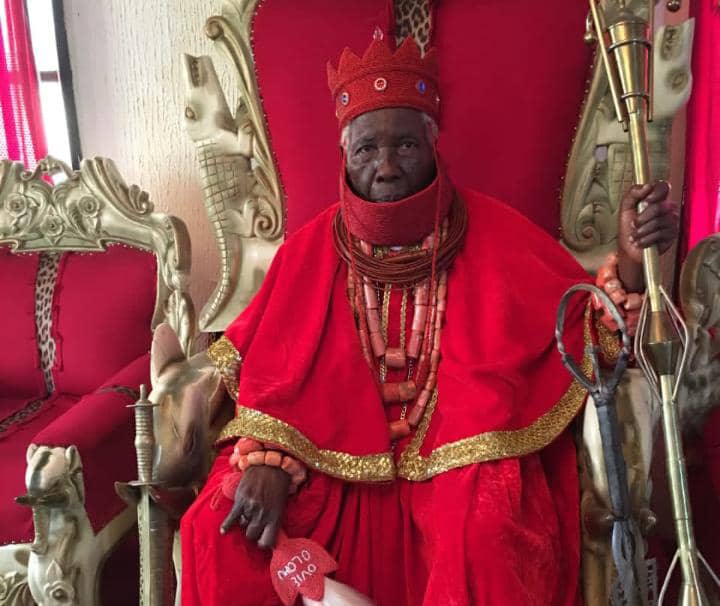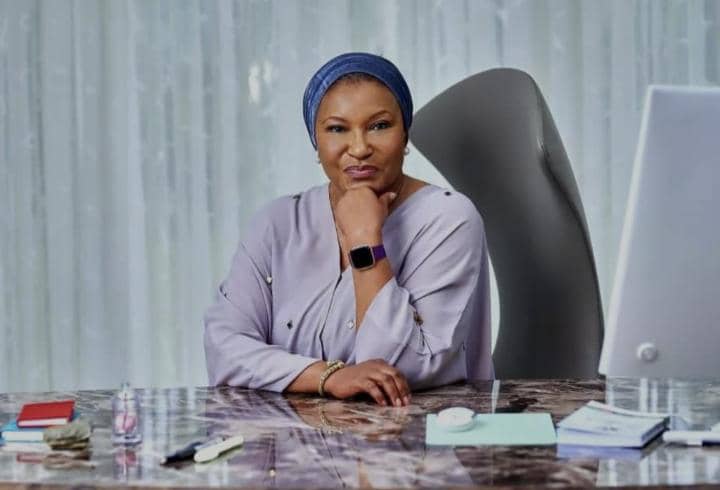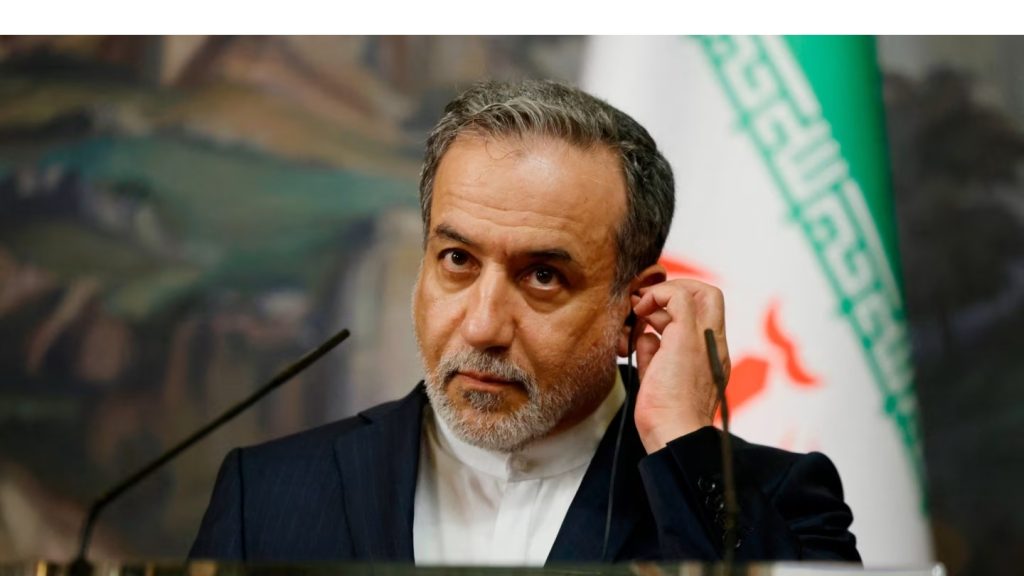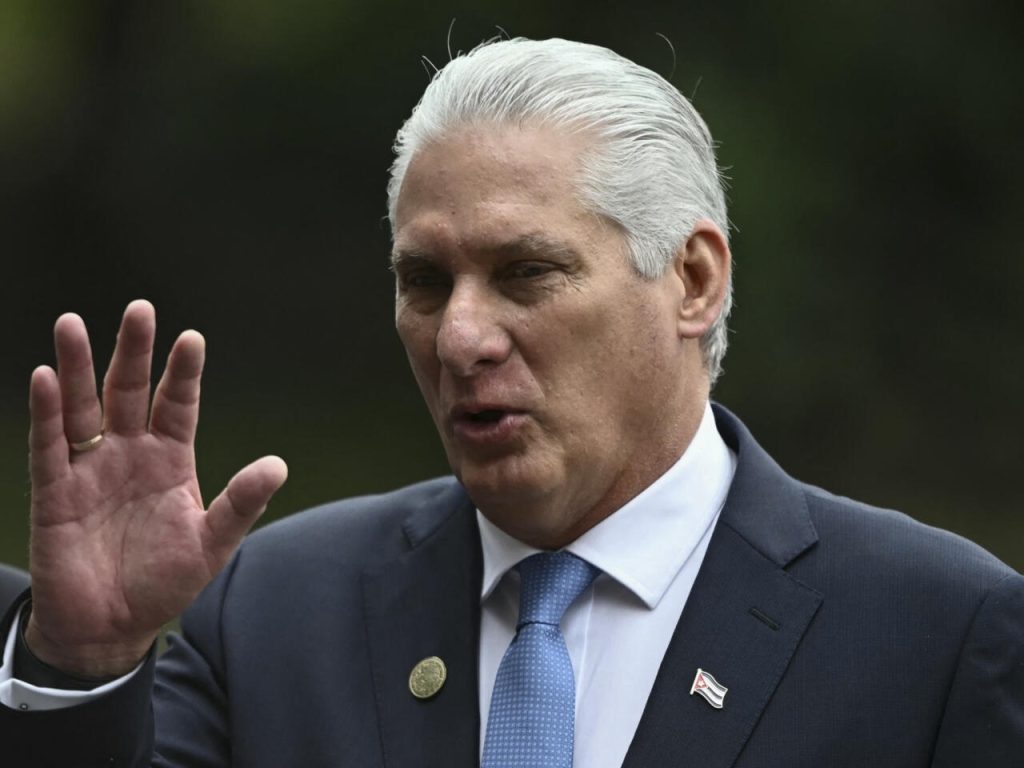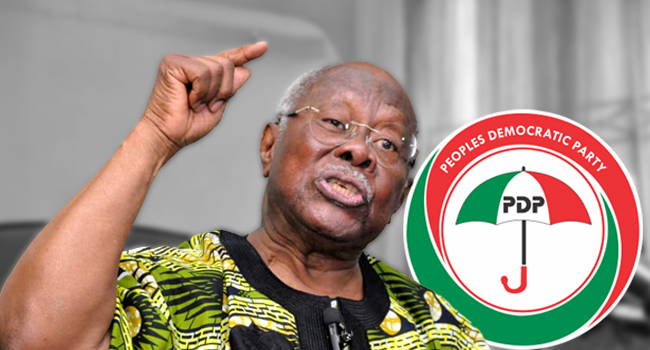Africa
Nigeria’s HIV crisis: Two states with the highest number of HIV positive persons
Find out if your state is a victim

The National Agency for the Control of AIDS has released new data on Nigeria’s HIV prevalence in 2024.
According to NACA, over two million Nigerians are currently living with the Human Immunodeficiency Virus (HIV).
Rivers State leads the chart with 208,767 people living with HIV, making it the most affected state in Nigeria.
Benue State follows closely behind, recording 202,346 HIV cases, while Akwa Ibom reported 161,597 cases.
These three states remain at the top of the latest HIV spectrum estimates by NACA.
Lagos State, Nigeria’s commercial hub, has 108,649 cases, making it the fourth-highest on the prevalence list.
Anambra State follows with 100,429 cases, while the Federal Capital Territory recorded 83,333 cases.
The FCT figure is among the highest in the North-Central region.
Other high-burden states include Delta with 68,170 cases and Imo with 67,944 cases.
Enugu recorded 61,028 cases, Edo 60,095, and Taraba State had 58,460 people living with HIV.
Abia, Kaduna, and Kano States recorded 54,655, 54,458, and 53,972 cases respectively.
Plateau State reported 51,736 cases, while Borno and Oyo States recorded 50,433 and 50,063 respectively.
Cross River, Ogun, and Nasarawa States reported 43,452, 43,348, and 44,993 cases each.
Adamawa has 40,059 people living with the virus, Gombe has 31,825, and Jigawa has 31,409.
Osun and Niger States recorded 30,714 and 29,756 cases respectively.
Bauchi reported 28,698 cases, Kogi 28,421, and Ondo 27,150 people living with HIV.
Katsina State followed with 26,788, while Bayelsa recorded 25,339 cases.
States with the least HIV burden include Kwara (20,259), Kebbi (19,339), and Ekiti (18,857).
Sokoto has 15,223 cases, Ebonyi 14,151, Zamfara 13,253, and Yobe 11,956 cases.
The 2024 HIV spectrum estimates also show 43,683 people died from HIV-related causes last year.
Among these, 28,589 were adults: 13,650 males and 14,939 females.
A total of 15,094 children aged 0 to 14 years also died from HIV-related complications.
As of 2024, 1,753,425 people know their HIV status in Nigeria.
Of this figure, 1,693,457 are adults comprising 579,209 males and 1,114,401 females.
Additionally, 54,983 children aged 0 to 14 years also know their HIV status.
About 1,735,808 Nigerians are currently receiving antiretroviral therapy (ART).
This includes 1,690,057 adults — 577,632 males and 1,112,425 females.
Also, 45,751 children aged 0 to 14 years are on ART treatment.
Out of those receiving treatment, 1,160,256 were tested for viral suppression.
Among them, 1,112,339 people were confirmed to have a suppressed viral load.
This group includes 1,083,177 adults — 363,531 males and 719,645 females.
Also, 29,162 children had suppressed viral loads after testing.
A total of 93,186 pregnant women were identified as needing ART for HIV prevention.
Only 31,095 of them received the required treatment to prevent mother-to-child transmission.
This shortfall signals a critical gap in the country’s prevention services.
NACA Director-General, Dr. Temitope Ilori, addressed the drug supply situation during a recent press briefing.
She assured Nigerians that the Federal Government is working to prevent shortages of HIV drugs.
Ilori said the Federal Executive Council approved $1.07bn for healthcare reforms under a new funding programme.
She added that N4.8bn was approved specifically for HIV treatment across Nigeria.
She also confirmed the Senate allocated N300bn to the health sector in the 2025 budget.
Ilori noted these funds will bridge gaps caused by the U.S. aid suspension.
She said government is mobilising more resources to sustain Nigeria’s national HIV response.
For Diaspora Digital Media Updates click on Whatsapp, or Telegram. For eyewitness accounts/ reports/ articles, write to: citizenreports@diasporadigitalmedia.com. Follow us on X (Fomerly Twitter) or Facebook



